Skoda Is Evaluating a CNG Option with the 1‑Litre TSI Engine for the Kylaq Sub‑4 m SUV
.jpg)
DETAILS
Kylaq: The Affordable Skoda SUV
- Entry Price Range: ₹8.25–13.99 lakh (ex‑showroom)
- Powered by a 1‑litre TSI turbo‑petrol engine delivering 115 PS and 178 Nm
- Available with a 6‑speed manual or 6‑speed torque-converter automatic
- Holds a solid 5‑star Bharat NCAP safety rating, 446 L boot, ventilated seats, sunroof, and a 10‑inch touchscreen
Why Is Skoda Considering a CNG Version of Kylaq?
- Running costs for CNG vehicles are nearly 40–50% lower than petrol.
- Eco-friendliness is becoming a purchase priority for urban families.
- Competitors like Maruti Suzuki (Fronx, Brezza), Tata (Nexon iCNG), and Toyota (Taisor CNG) already offer CNG SUVs.
- Skoda already has global CNG experience with its G-TEC lineup—think Octavia G-TEC, Scala, and Citigo.
- For Indian roads, a CNG Kylaq could mean massive savings without compromising on performance or quality.
How Skoda Plans to Pull It Off
- Skoda’s India Brand Director Ashish Gupta recently confirmed that the CNG Kylaq is “definitely on the table.”
- Early-stage testing and layout sketches for integrating a CNG kit into the 1.0 TSI engine are already in progress.
- Initial launch could be manual-only, to keep costs in check—though an automatic + CNG variant might follow.
- A factory-fitted CNG kit is likely, but Skoda may also explore dealership-level retrofitting, similar to Honda Amaze.
Benefits & Challenges of a CNG Kylaq
- Lower running costs: Typical CNG mileage of 22–25 km/kg for turbo‑CNG setups
- Greater market appeal: Attracts budget-conscious buyers looking for eco‑friendly SUVs
- Engine tuning and performance: Turbo-petrol adaptations for CNG are more complex
- Transmission options: Likely to be manual-only to keep costs low, though Skoda may explore CNG + auto
- Infrastructure: CNG availability is variable across India—urban cities are better equipped than rural areas
What This Means for Buyers
When Can You Expect It?
For more upcoming details stay connected on 99caars
Latest News
Latest cars
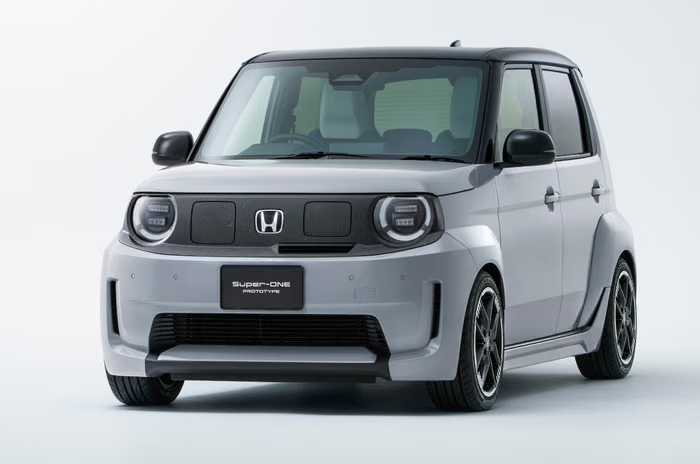
Rs.20 Lakh - 21 Lakh
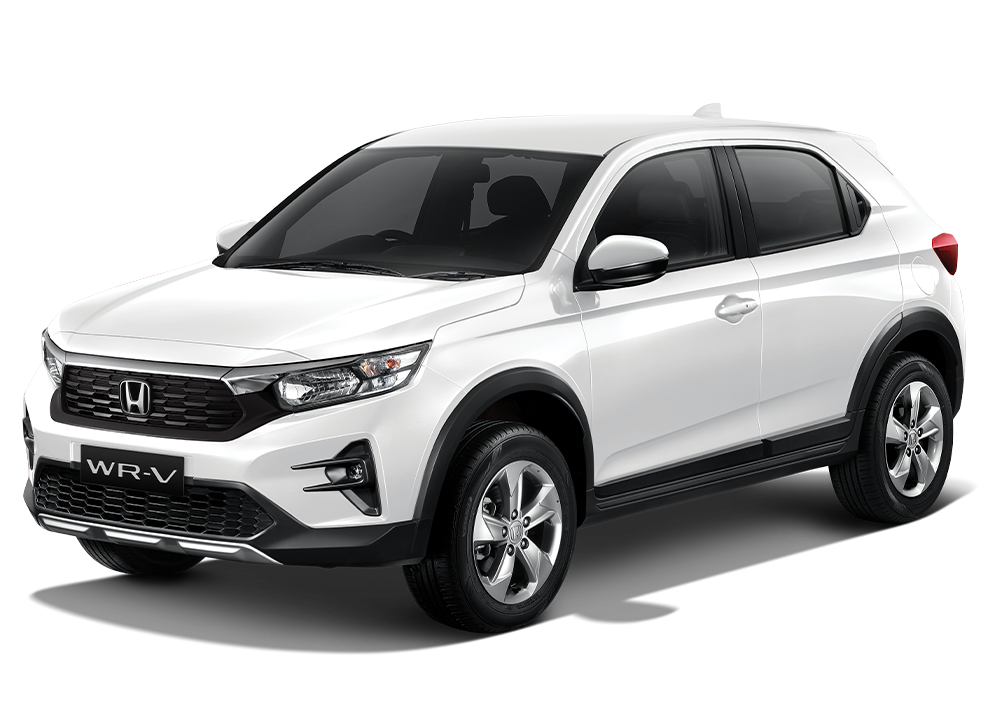
Rs.9 Lakh - 10 Lakh
.jpg)
Rs.10.79 Lakh - 19.81 Lakh
.jpg)
Rs.19.95 Lakh - 29.95 Lakh
.jpg)
Rs.11.49 Lakh - 20.49 Lakh
Upcoming cars

Rs.9 Lakh - 10 Lakh
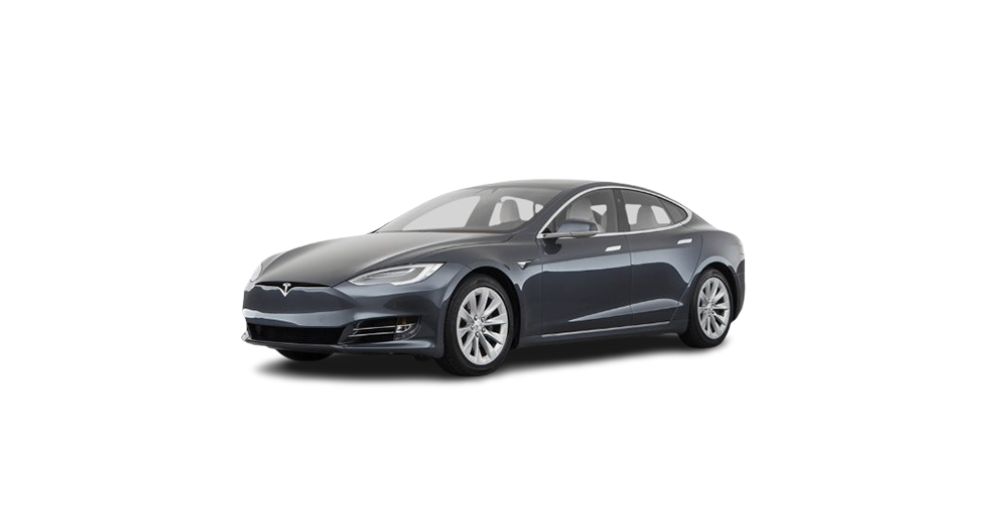
Rs.91.72 Lakh - 97.44 Lakh
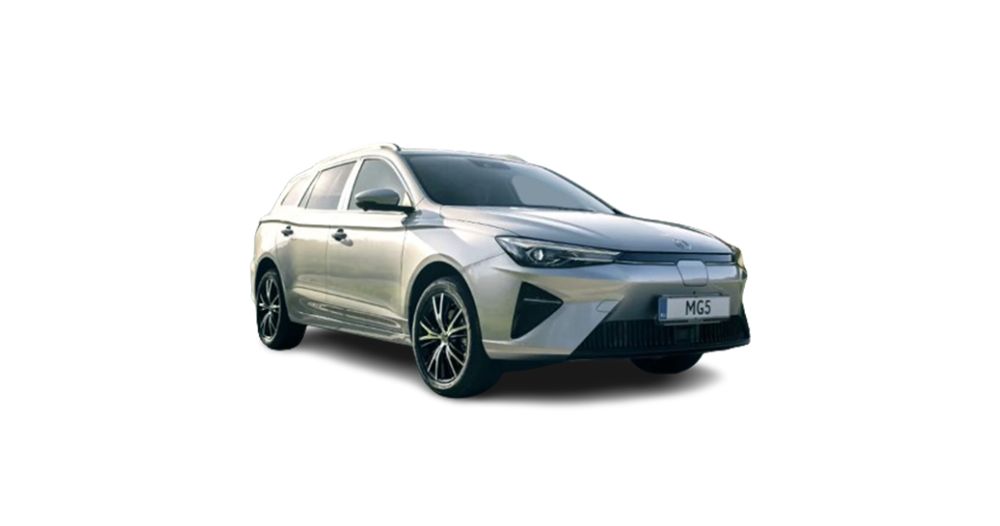
Rs.27.00 Lakh - 27.00 Lakh
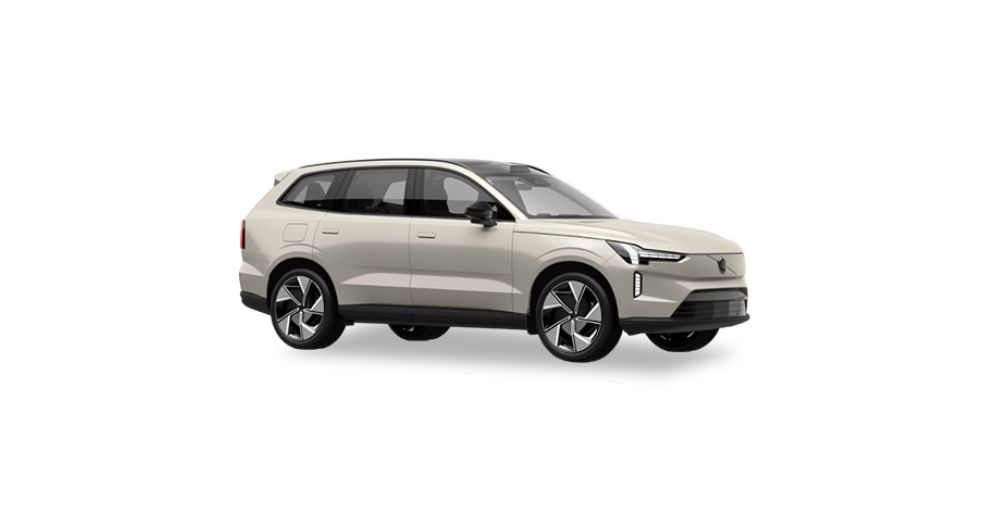
Rs.1.00 Cr - 1.30 Cr

Rs.60.00 Lakh - 65.00 Lakh
More Related News
.jpg)
Indias Top Selling Cars for 2025
The Indian automobile market continued its strong momentum in November 2025, reflecting steady consumer confidence and consistent demand across key vehicle segments. Despite rising competition and evolving buyer expectations, car buyers showed a clear preference for models that deliver a balanced mix of value for money, reliability, safety, fuel efficiency, and low ownership costs. From affordable hatchbacks to feature-rich mid-size SUVs, the sales figures reveal how Indian consumers are increasingly choosing vehicles that suit both urban and semi-urban needs. According to the latest sales data, Tata Motors and Maruti Suzuki once again dominated the charts, while Hyundai and Mahindra maintained a solid presence with their popular offerings. Here’s a closer and more detailed look at the top selling cars in India in November 2025 and the factors driving their success.
Read More (1).jpg)
Tata Sierra: What Makes It a Game Changer for Tata Motors
The Tata Sierra is not just another SUV from Tata Motors. It represents the return of an iconic name that once changed how Indians looked at lifestyle vehicles. Now reintroduced for a new generation, the new Tata Sierra SUV reflects Tata Motors’ evolving vision in terms of design, technology, safety, and future mobility. With customer expectations rising, the electric vehicle (EV) market in India growing rapidly, and intense competition in the mid-size SUV segment, the Tata Sierra is being positioned as a key product that could reshape Tata Motors’ presence in the market.
Read More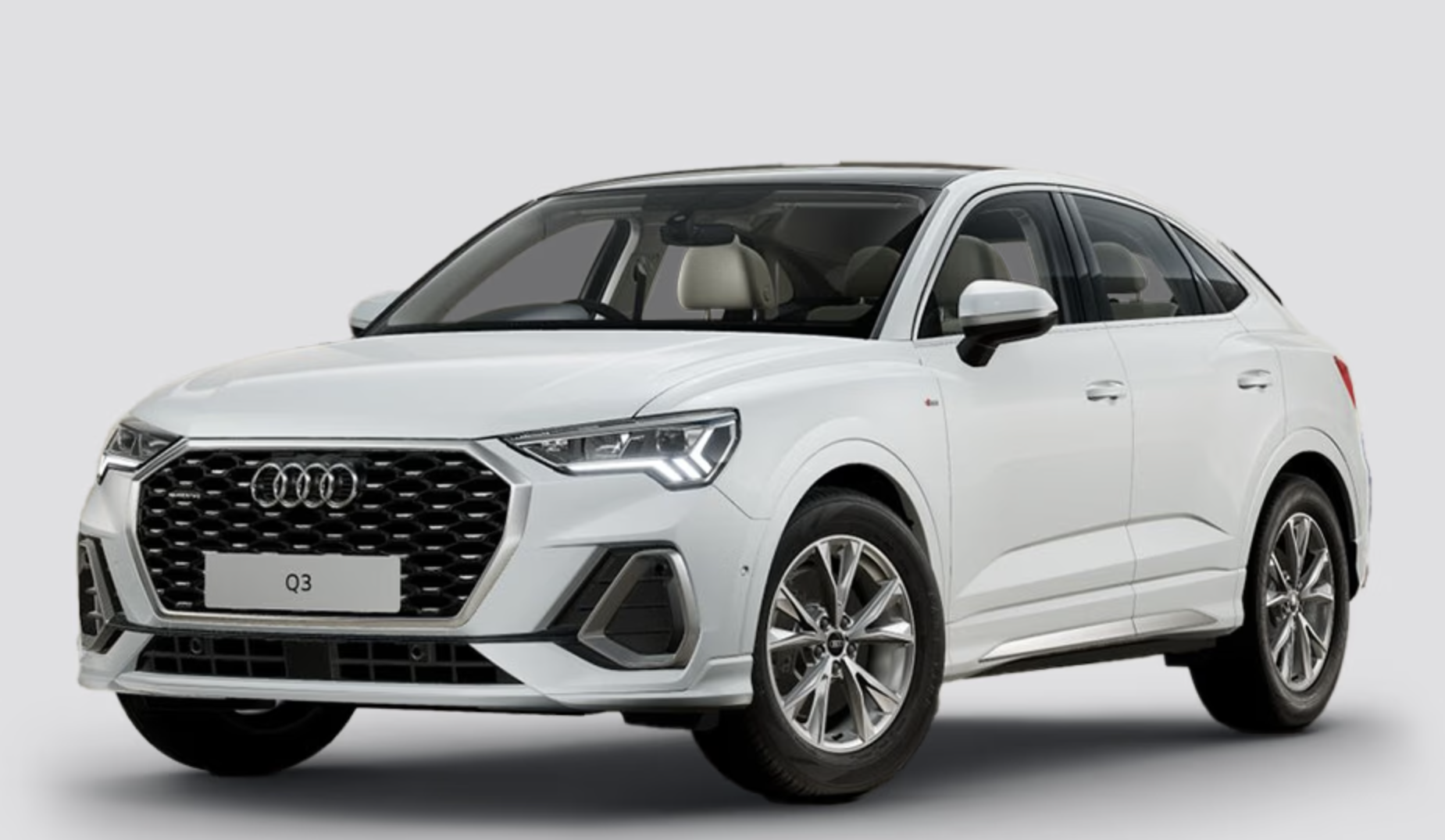
How the Audi Q3 Price in India Wins Over Luxury Car Buyers
The Audi Q3 has earned a solid reputation in India as one of the most stylish, reliable, and practical compact luxury SUVs. It blends premium looks, powerful performance, and modern technology into a size that suits today’s fast-paced urban lifestyle. Whether you're stepping into the luxury segment for the first time or looking for a premium family SUV, the Audi Q3 delivers an experience that feels truly special. In this guide, we’ll explore everything you need to know—including its design, performance, interior features, safety tech, and most importantly, the audi q3 price, the Audi Q3 price in India, the Audi Q3 on road price, and the audi q3 price in delhi.
Read More.jpg)
Renault Price in India and On Road Cost Breakdown
When you think of Renault in India, it's often associated with affordability, smart design, and efficient city-friendly cars. Over the years, Renault has carved out a niche by offering practical models like the Kwid, Kiger, and Triber that appeal to a broad spectrum of buyers — from first-time car owners to small families. In India, car buyers typically weigh three big factors before deciding: the price, mileage (fuel efficiency), and safety. These are not just checkboxes — they directly impact the cost of ownership and peace of mind on the road.
Read More
Considering a Mahindra SUV? Here Are the Top 10 Models Available in India
If you’ve been exploring SUVs in India, chances are the name Mahindra has come up more than once — and for good reason. As one of India’s most trusted automotive brands, Mahindra & Mahindra has built its reputation on rugged, reliable, and performance-driven SUVs that perfectly match Indian road conditions.
Read More.jpg)
Top 10 Most Fuel-Efficient Cars in India You Should Consider
Fuel. Prices. Traffic. Every Indian driver knows this triple threat all too well. Fuel economy isn’t just a number on a brochure anymore. It’s what decides monthly budgets, road-trip plans and even which model ends up in our parking spot. That is why the hunt for the most fuel efficient cars in India is hotter than ever. Buyers today want the perfect balance: comfort, performance, and best mileage without sacrificing features. Whether someone prefers fuel efficient petrol cars, trusts diesel for long-distance power, or is curious about hybrids slowly taking over the streets, 2025 has a mix for everyone. With a rise in fuel prices, packed city roads and long commutes, best cars for mileage have become the top priority for most families and young professionals. So if maximum kilometres per litre is your goal, this list of the top 10 mileage cars in India will help you choose smartly. Whether you drive daily to work or escape on long weekend trips, these are the cars currently giving the best mileage in India.
Read MoreSubscribe Now
Want to Know more about Upcoming and New Cars… Ask Us!










